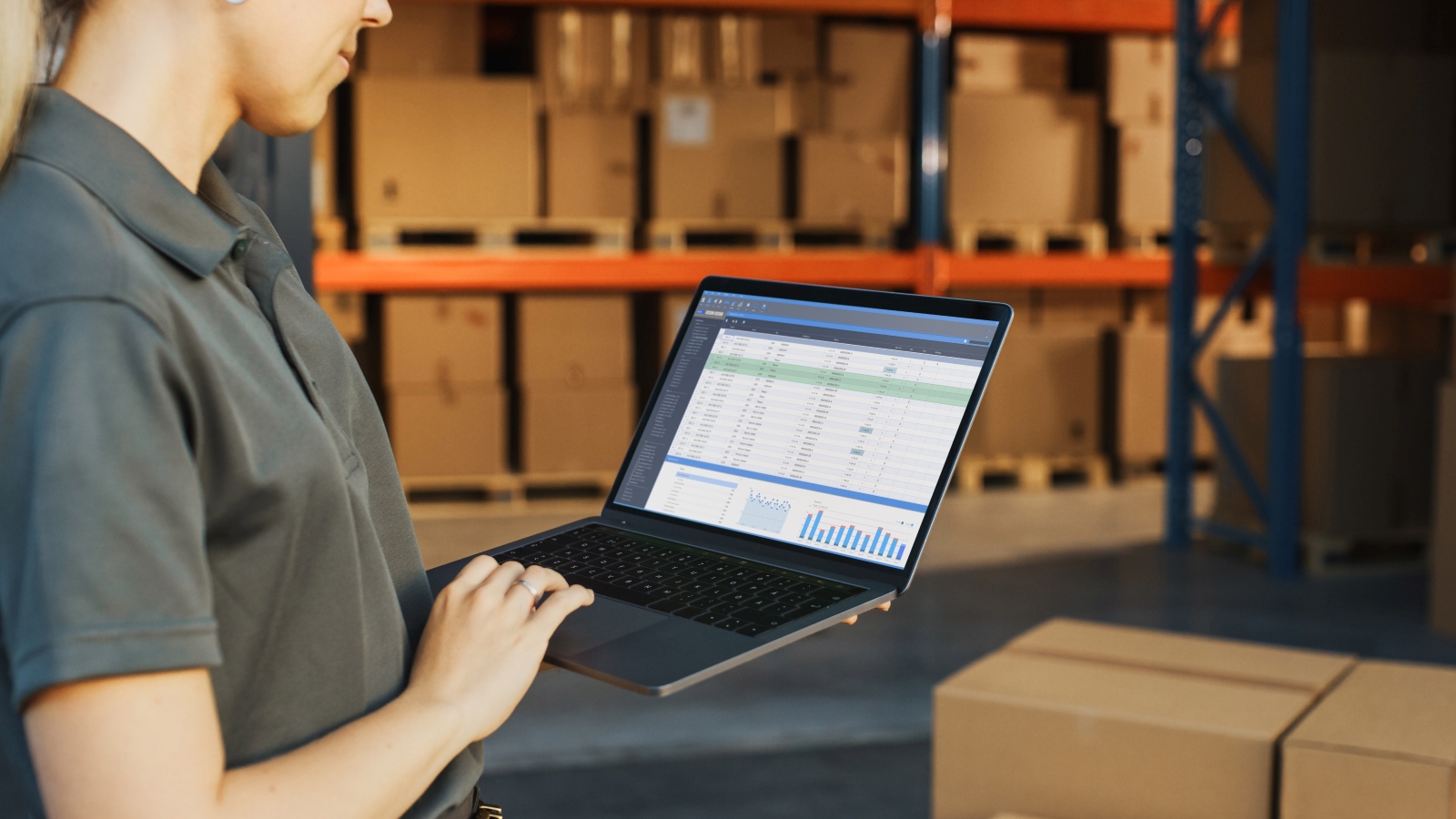Document Automation in Freight Forwarding: A Competitive Advantage
In the fast-paced world of global trade, freight forwarders are constantly seeking ways to optimize operations, reduce costs, and deliver superior customer service. While many technological advancements have reshaped the industry, one area often overlooked, yet ripe for transformation, is document management. Far from a mere administrative task, document automation in freight forwarding is emerging as a significant competitive advantage.
For decades, the freight forwarding industry has been synonymous with paperwork. Bills of lading, customs declarations, packing lists, invoices, certificates of origin – the sheer volume of documents generated for each shipment is staggering. Traditionally, these documents have been handled manually, leading to a myriad of challenges:
- Time-consuming processes: Manual data entry and reconciliation are incredibly slow, delaying shipments and impacting efficiency.
- High error rates: Human error is inevitable, leading to costly mistakes, delays, and potential compliance issues.
- Lack of visibility: Tracking the status of documents across different teams and stakeholders can be a nightmare.
- Storage and retrieval challenges: Physical documents require significant storage space and are difficult to retrieve quickly.
- Security risks: Physical documents are vulnerable to loss, damage, or unauthorized access.
The Power of Automation: Transforming Challenges into Opportunities
Document automation tackles these challenges head-on by leveraging technology to streamline the creation, processing, and management of freight documents. This isn’t just about going paperless; it’s about intelligent automation that leverages optical character recognition (OCR), artificial intelligence (AI), and robotic process automation (RPA) to:
- Automate data extraction: OCR technology can automatically extract relevant data from scanned documents, eliminating manual data entry and reducing errors.
- Pre-populate forms: Extracted data can be used to automatically pre-populate various forms, accelerating the document creation process.
- Integrate with existing systems: Automated systems can seamlessly integrate with TMS (Transportation Management Systems), WMS (Warehouse Management Systems), and accounting software, ensuring data consistency and flow.
- Enable digital workflows: Documents can be routed digitally for approvals, signatures, and filing, significantly speeding up processes.
- Provide real-time visibility: Centralized digital repositories offer instant access to all documents, providing real-time visibility into shipment status.
- Enhance compliance: Automated systems can ensure that all necessary documents are complete and compliant with regulatory requirements, reducing the risk of penalties.
- Improve data accuracy: By minimizing human intervention, automation drastically reduces errors, leading to more accurate data and smoother operations.
The Competitive Edge: How Document Automation Sets You Apart
Implementing document automation isn’t just about improving internal efficiency; it’s about building a stronger, more competitive freight forwarding business:
-
Faster Turnaround Times: By eliminating manual bottlenecks, shipments move faster, leading to quicker deliveries and happier customers. This speed directly translates to a competitive edge in an industry where time is money.
-
Reduced Operational Costs: Less manual effort means lower labor costs. Furthermore, reduced errors mean fewer reworks, fines, and delays, all of which contribute to significant cost savings.
-
Enhanced Customer Satisfaction: Accurate documentation, faster processing, and real-time visibility translate into a more transparent and reliable service for your clients. This builds trust and strengthens relationships, encouraging repeat business.
-
Improved Scalability: As your business grows, manual document handling becomes a significant bottleneck. Automation allows you to handle a higher volume of shipments without proportionally increasing your administrative overhead.
-
Greater Data Accuracy and Insights: With clean, structured data, freight forwarders can gain valuable insights into their operations, identify trends, and make more informed business decisions.
-
Better Compliance and Risk Management: Automated systems help ensure adherence to complex international regulations, reducing the risk of non-compliance fines and delays at customs.
-
Attract and Retain Talent: By automating mundane, repetitive tasks, you empower your employees to focus on more strategic and value-added activities. This improves job satisfaction and makes your company a more attractive place to work.
The Future is Automated
The freight forwarding industry is evolving rapidly, and those who embrace technological advancements will be best positioned for success. Document automation is no longer a luxury but a necessity for forward-thinking businesses. It’s a strategic investment that not only streamlines operations but also delivers a tangible competitive advantage by making your business faster, more efficient, more reliable, and ultimately, more profitable.
If you’re a freight forwarder still drowning in paperwork, now is the time to explore the transformative power of document automation. The future of freight forwarding is digital, and the time to automate is now.


